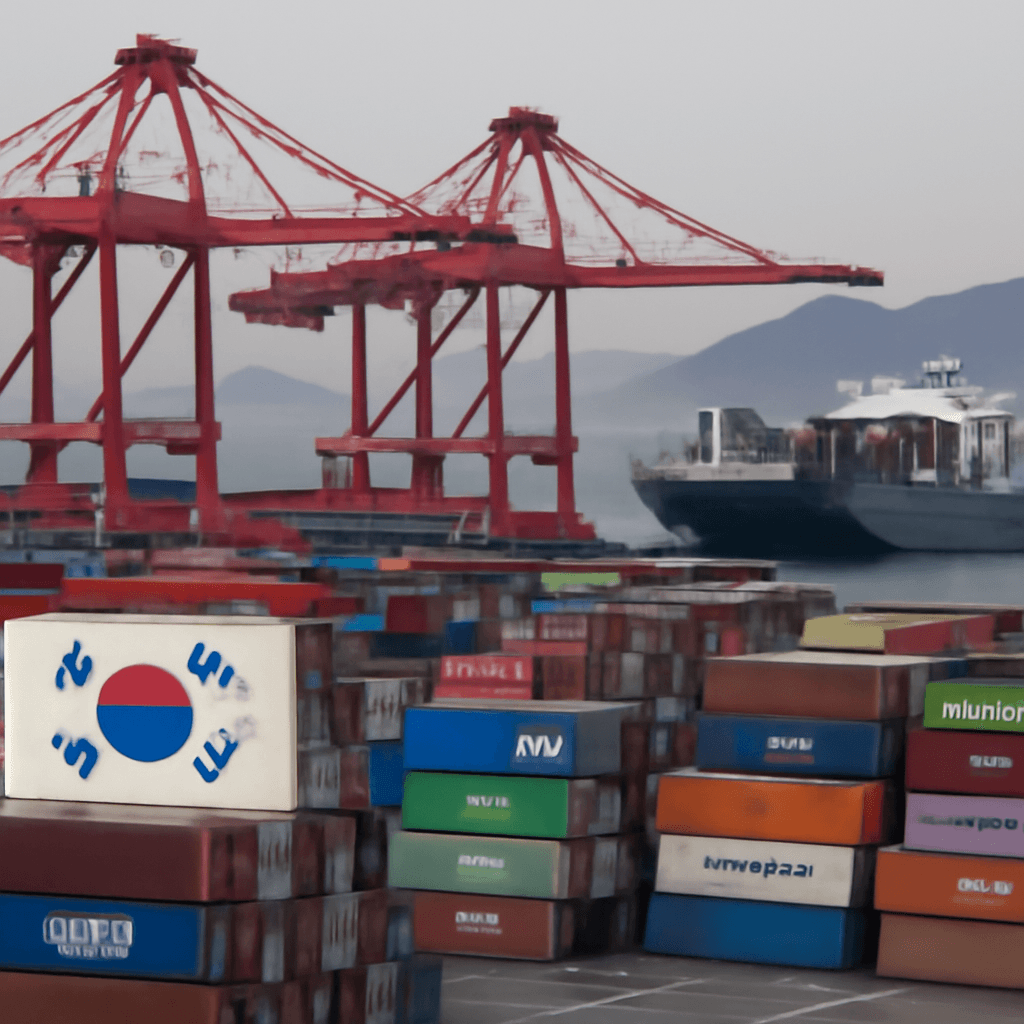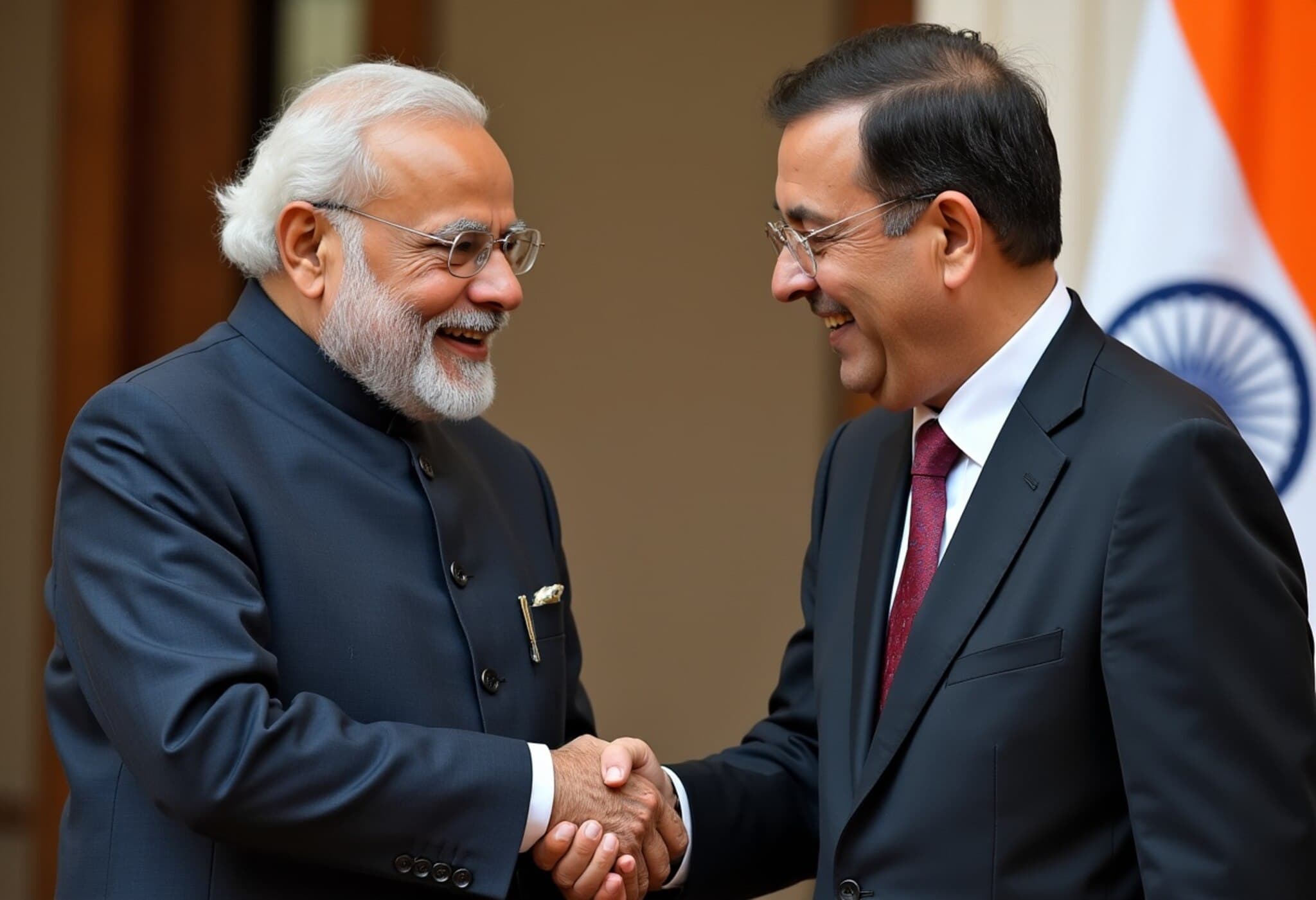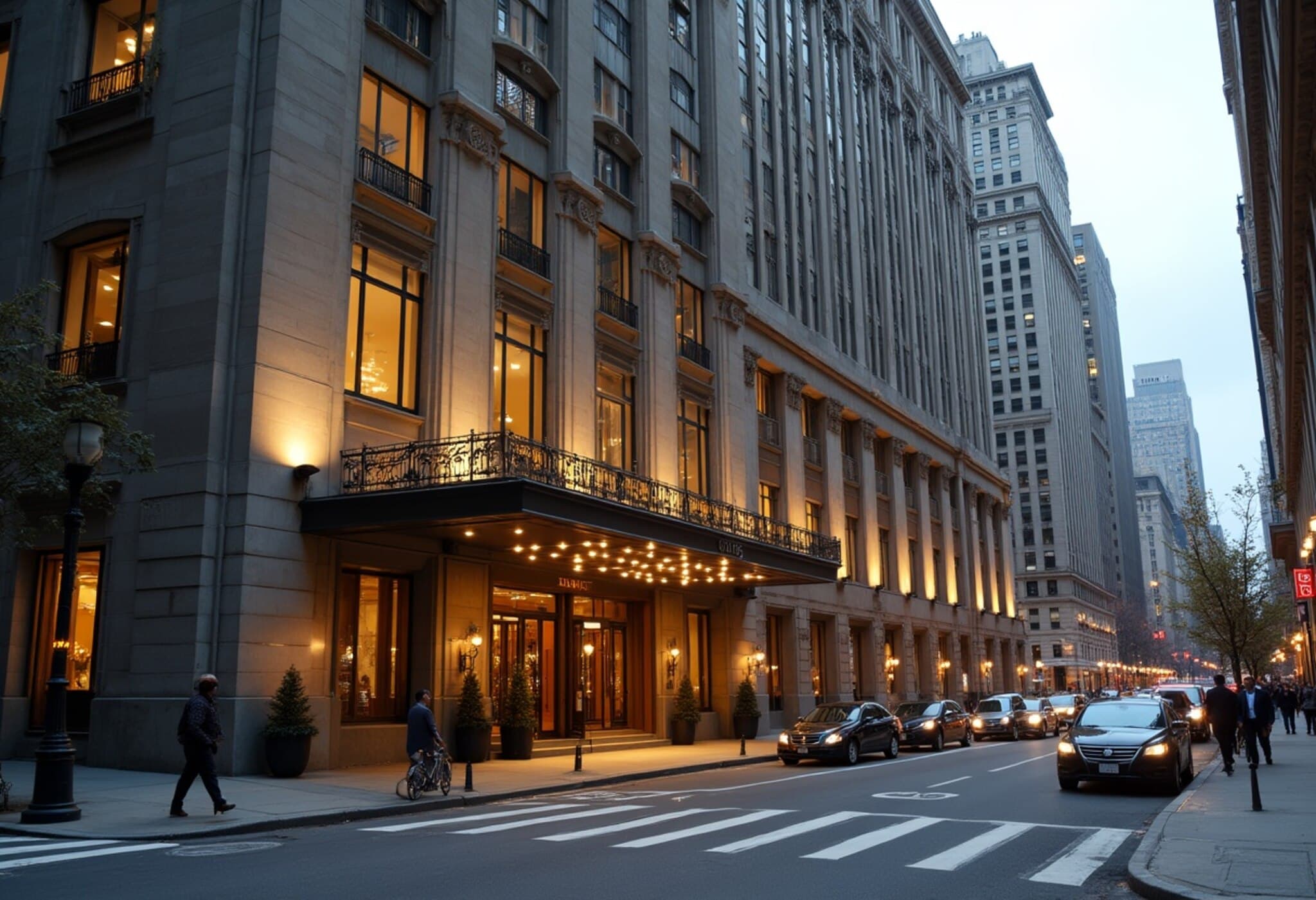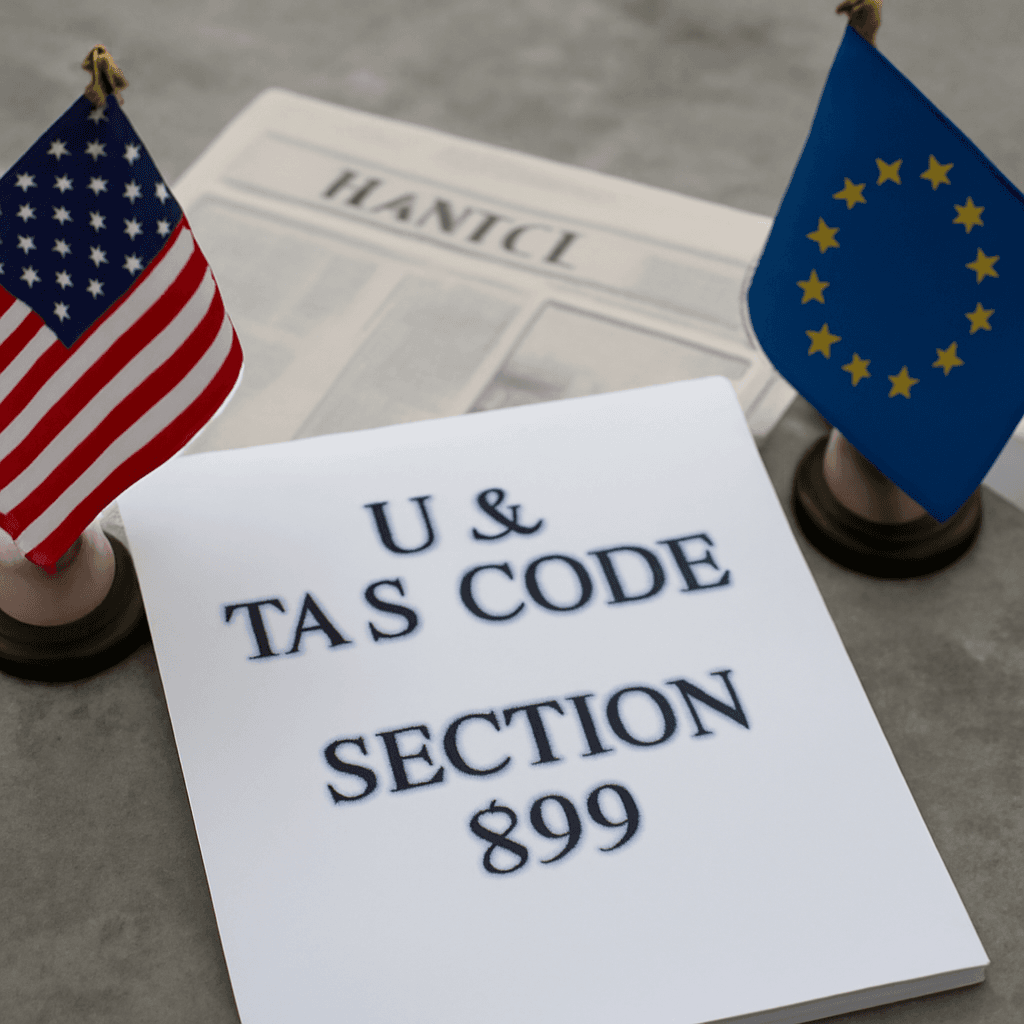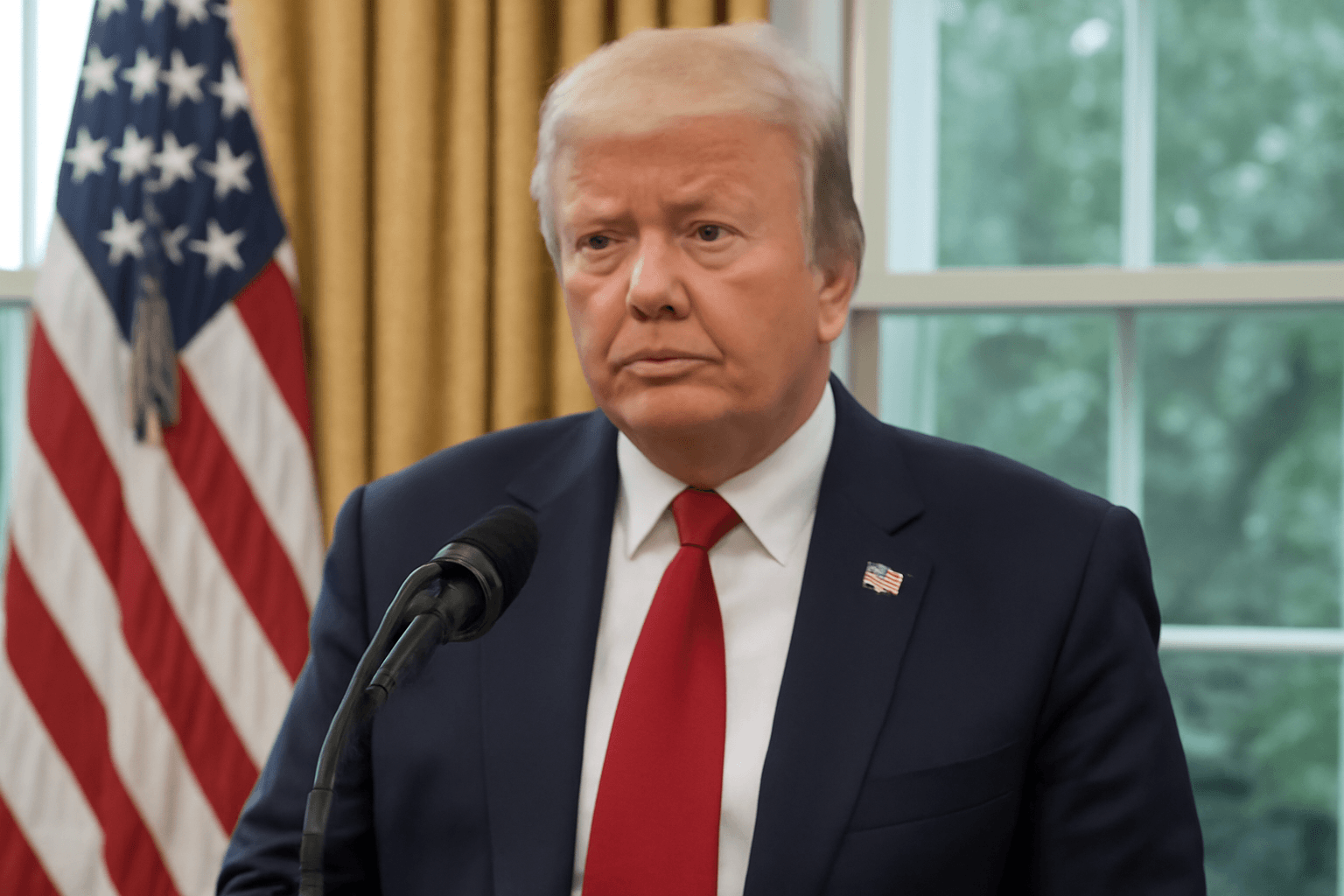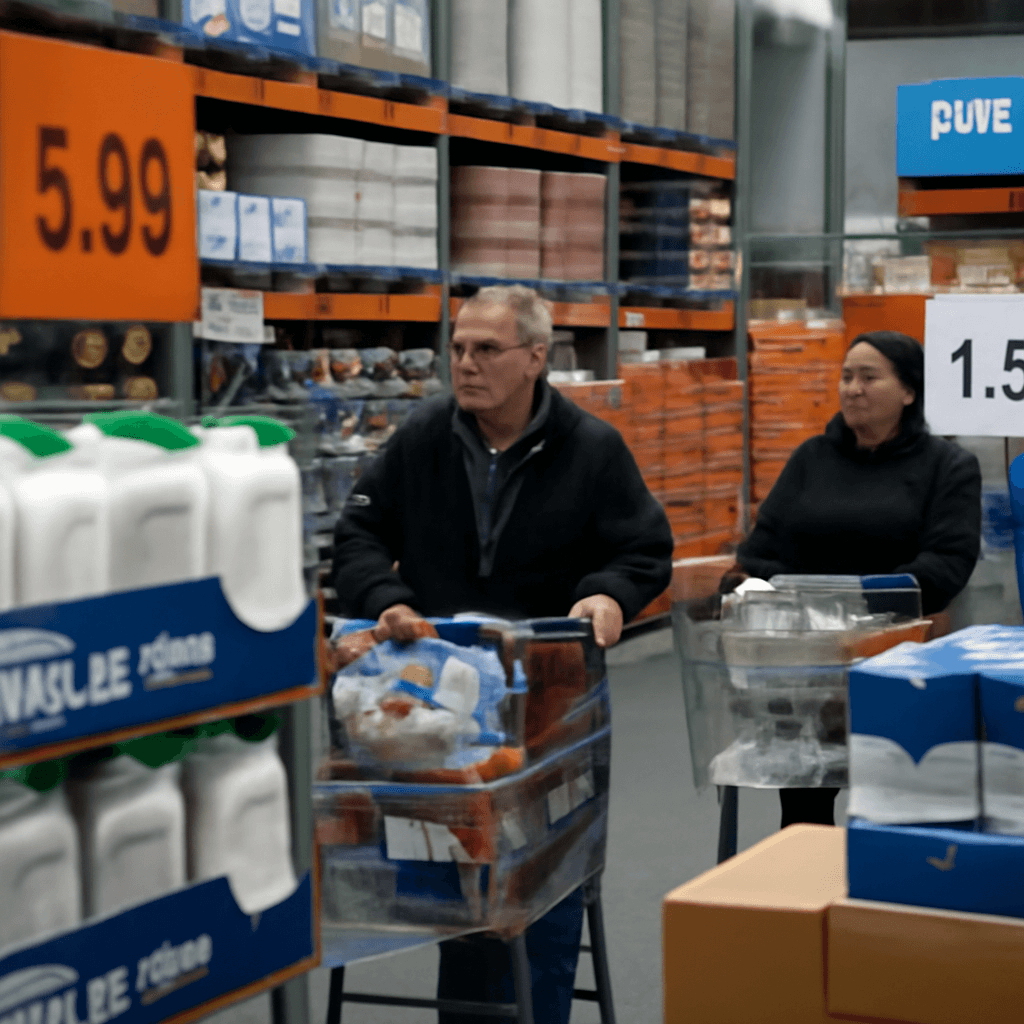Rethinking Product Design to Cut Tariffs
In today's heated trade environment, manufacturers worldwide are adopting an age-old but highly effective strategy known as "tariff engineering" to reduce the impact of rising import duties. This legal maneuver involves tweaking a product's materials, dimensions, or composition to qualify for a lower tariff classification, ultimately saving companies significant costs.
What Is Tariff Engineering?
Tariff engineering leverages differences in customs classifications by redesigning products so they fit into categories with more favorable duty rates. These changes—such as altering materials or adding specific design elements—must genuinely affect the product’s character to stand up to customs scrutiny.
Importers have employed tariff engineering long before recent trade tensions, and it remains entirely legal when done transparently and without fraudulent intent.
Real-World Examples in Action
- Sneaker Classification: One footwear company added foam to the soles of their iconic sneakers, allowing the shoes to be classified as slippers, which carry lower tariffs than athletic footwear.
- Apparel Adjustments: A leading outdoor apparel brand added discreet zippered pockets to women’s shirts. This alteration enabled the garments to evade higher tariffs that applied to similar styles.
- Lapels and Luxury: Including cubic zirconia on lapel pins shifted their classification from festive articles to jewelry, cutting tariffs by 14%.
The Historical Roots of Tariff Engineering
This tactic dates back to the 19th century when importers coated sugar with molasses to avoid higher duties on lighter-colored varieties. The Supreme Court later upheld this practice as legal, emphasizing that honest, transparent declarations to customs officials are crucial.
Benefits and Challenges Across Industries
Tariff engineering is particularly accessible in fast-moving consumer goods, clothing, footwear, and similar sectors. The ability to implement small, strategic design changes offers tangible savings on tariff expenses.
However, industries like automotive, aerospace, electronics, and medical devices face greater hurdles. Minor modifications in these fields often require lengthy testing, certification, and collaboration across multiple departments before any tariff benefits can be realized.
Navigating Legal and Ethical Boundaries
While tariff engineering remains a legitimate tool, companies must avoid crossing into deceptive practices. Cases where modifications are deemed frivolous or efforts to disguise the product’s true nature can lead to penalties.
For example, one automaker faced legal action for importing passenger vans as cargo vans by simply removing seats after importation, an approach the authorities ruled as "misclassification."
Ensuring Compliance with Customs
To minimize risks, customs authorities offer binding rulings where businesses can seek official classification determinations before importing. This helps companies confirm their tariff engineering strategies align with regulations.
Why Tariff Engineering Matters Today
With fluctuating tariffs worldwide, even marginal percentage reductions can result in substantial cost savings for businesses shipping large volumes. By creatively redesigning products while maintaining compliance, companies protect their bottom line amid uncertain trade policies.
In sum, tariff engineering continues to be a crucial, legally sound tool for companies aiming to navigate complex tariff landscapes and retain competitiveness globally.


